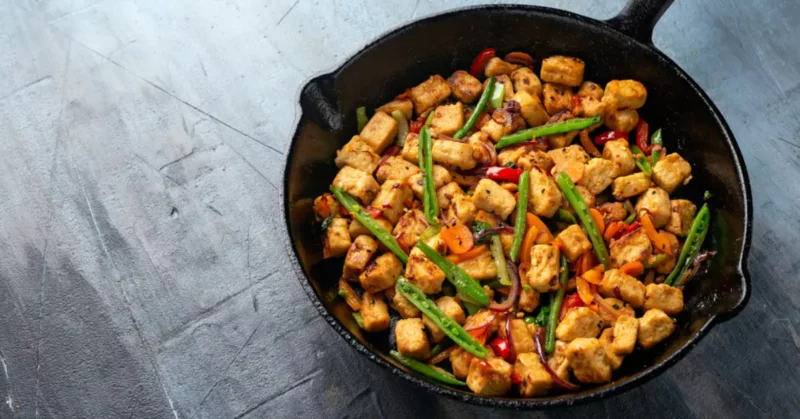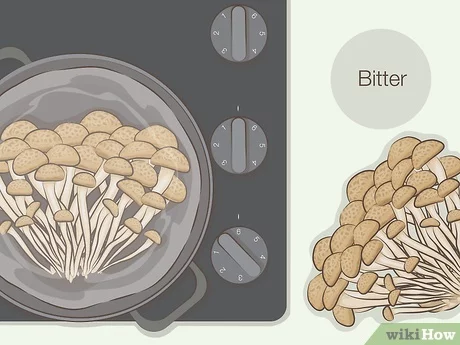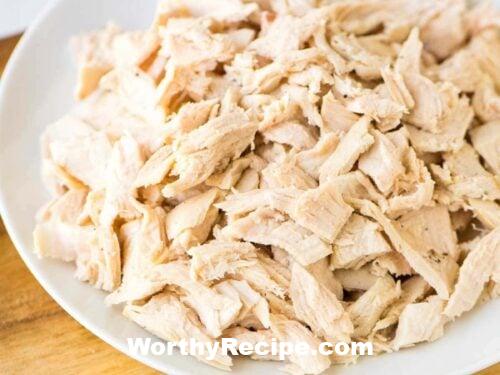Why Do Fish Curl Up When Cooking?
Cooking fish is a delicate process that requires careful attention and precision to achieve the perfect texture, flavor, and appearance. One common phenomenon that occurs during fish cooking is the curling up of the flesh, which can detract from its presentation and lead to unevenly cooked portions. Understanding why fish curls up when cooking is essential for preventing this issue and achieving consistently beautiful results. In this article, we will explore the science behind curled-up fish, factors impacting its behavior, cooking techniques to prevent curling, recommended types of fish for specific methods, and additional tips for perfectly cooked results.
The Science Behind Curled-Up Fish
To understand why fish curls up when cooking, it’s crucial to have an understanding of its anatomy. Fish have two types of muscle fibers: red and white. Red muscles are slow-twitch and fatigue-resistant, used primarily for sustained swimming and maintaining posture. White muscles are fast-twitch and capable of generating quick bursts of speed but tire quickly. They’re used for movements requiring power and agility.
When heat is applied to the fish’s flesh during cooking, proteins denature and shrink in size. The white muscle fibers are more susceptible to this change, resulting in their more significant contraction compared to red fibers. The difference in contraction between these two types of muscle fibers leads to the curling up of the flesh that we commonly observe during cooking.
Furthermore, not all muscle fibers have the same strength and elasticity. Some muscle groups will contract with greater force than others, leading to further curling of the flesh.
Factors Impacting Fish Curling Behavior
Several factors impact how much a fish will curl during cooking:
- Species differences and individual fish characteristics: Different fish species have different muscle fiber arrangements, sizes, and compositions that impact how they react to heat. Additionally, fish from the same species can have variations in their muscle structure depending on factors such as age, sex, diet, and physical activity.
- Cooking methods: The way a fish is cooked significantly impacts how much it will curl. Pan-frying and deep-frying are the most likely to cause significant curling due to the direct heat exposure and minimal use of added pressure. Baking and grilling provide more control over the heat’s intensity and duration, reducing the curling effect.
- Heat intensity and duration: Fish that cook at higher temperatures for longer periods are more likely to curl. Slow-and-low cooking will help minimize this effect.
Cooking Techniques to Prevent Fish Curling
Several techniques can be employed to prevent fish from curling during cooking:
- Using a brine or marinade before cooking: Soaking the fish in a saltwater solution or acidic marinade can help to firm up its flesh and reduce its tendency to curl up during cooking.
- Applying pressure to the fish during cooking: Placing a heavy plate or lid on top of the fish while pan-frying or grilling can help flatten it out and prevent curling.
- Utilizing skewers or grill baskets for grilling: Piercing the fish with skewers or placing it in a wire grill basket can keep it from contracting too much while exposed to heat.
- Incorporating other ingredients such as lemon slices or butter: Placing slices of lemon or small pats of butter between the flesh and skin can help weigh down the fish and prevent it from curling up.
Preparing Fish for Cooking
Preparing fish correctly before cooking is essential for achieving the best possible results:
- Proper cleaning and trimming of the fish: Removing scales, guts, and bones is crucial for ensuring even cooking and a better texture. Trimming away excess fat or skin can also reduce the tendency to curl.
- Seasoning the fish prior to cooking: Adding salt, pepper, herbs, or spices to the fish’s surface or marinade can enhance its flavor and improve its reaction to heat.
- Storing fish appropriately prior to cooking: Keeping fish chilled until it’s time to cook helps maintain its freshness, flavor, and texture. Leaving it out at room temperature for too long can lead to spoilage or excessive moisture loss.
Common Mistakes in Cooking Fish and How They Affect Curling Behavior
Avoiding these common errors in fish preparation and cooking can help prevent curling behavior:
- Overcooking or undercooking the fish: Both overcooking and undercooking can lead to unappetizing results. Overcooked fish is dry, tough, and brittle, while undercooked fish is mushy, slimy, and potentially unsafe for consumption.
- Using the wrong cooking method for the type of fish: Certain types of fish require specific cooking methods to achieve optimal results. For example, thick white-fleshed fish such as halibut or cod are better suited for baking or grilling than pan-frying, while delicate fish such as sole or trout are best prepared through gentle sauteing or poaching.
- Using an inappropriate heat source or temperature: Different types of fish require different temperatures to cook properly. Using the wrong heat source, whether it be too high or too low, can lead to uneven cooking and undesirable curling behavior.
Additional Tips for Perfectly Cooked Fish
Checking for doneness through texture, color, and aroma can help ensure that the fish is cooked correctly:
- Texture: Fish should be firm but still tender when fully cooked. It should flake under gentle pressure from a fork.
- Color: The flesh should be opaque and uniformly colored throughout when done. Any translucent or red parts signify that it’s not cooked thoroughly.
- Aroma: Cooked fish should have a subtle briny smell without any sourness or off-odors.
- Tasting for seasoning before serving: Finally, tasting the fish before serving can allow for last-minute adjustments to salt, spice, or acid levels to balance its flavor profile.
Best Types of Fish for Specific Cooking Methods
Some of the best types of fish for specific cooking methods include:
- Pan-fried: Halibut, salmon, tilapia, trout
- Deep-fried: Catfish, cod, haddock, shrimp
- Baked: Flounder, cod, sea bass, snapper
- Grilled: Swordfish, tuna, mahi-mahi
Conclusion
Cooking fish consistently and beautifully can be a challenging yet rewarding feat. By understanding the science behind curled-up fish, factors that impact its behavior, and techniques to prevent it from curling during cooking, we can achieve perfectly cooked results every time. Proper fish preparation, avoiding common cooking mistakes, and utilizing recommended types of fish for specific methods are also crucial for success. So go ahead and get cooking- with these tips, you’ll be able to serve perfectly cooked fish with minimal instances of annoying curling behavior.
FAQ #1: Why do fish curl up when cooking?
When fish is cooked, the muscle fibers start to shrink, causing the entire fish to contract. This contraction causes the fish to curl up, leaving it with a less appealing appearance.
FAQ #2: Is there a way to prevent fish from curling up during cooking?
Yes, there are several ways to prevent your fish from curling up while cooking. One way is to score the skin of the fish before cooking. Another way is to cook the fish in a pan or on a griddle and press it down with a spatula as it cooks. This helps keep the fish flat.
FAQ #3: Does the type of fish affect how much it curls up during cooking?
Yes, certain types of fish will curl more than others due to their natural shape and muscle structure. For example, flatfish like sole or flounder tend to curl considerably when cooked. In contrast, roundfish like salmon or trout will not curl as much due to their oval shape.
FAQ #4: Does the temperature of the cooking method affect how much the fish curls up?
Yes, the temperature of the cooking method can affect how much your fish curls up. High heat causes the muscle strands in the fillet to contract more quickly and can cause it to curl up more. Lower heat allows for slower contraction, which leads to less curling but may result in a longer cooking time.






